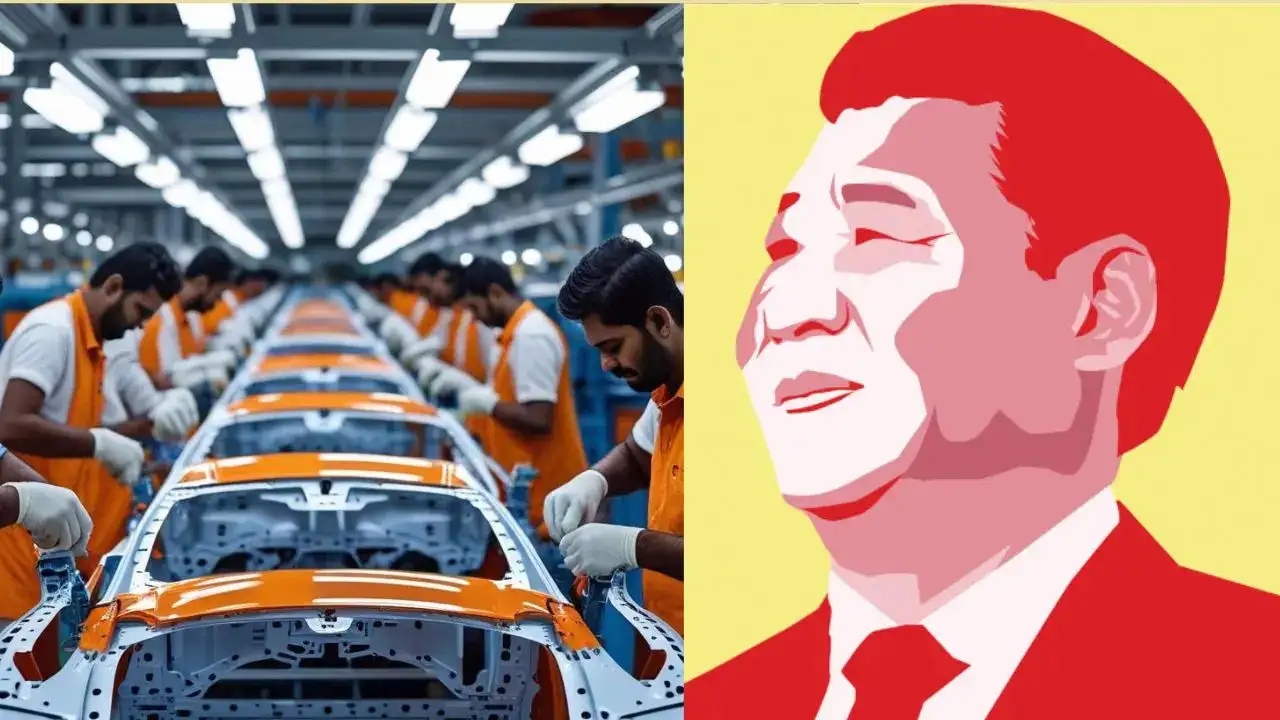
Chinese export curbs threaten to completely halt Indian auto production
Chinese Export Curbs: A Looming Threat to Indian Auto Production

Recent developments regarding Chinese export restrictions are raising alarms in the Indian automotive industry. These curbs could potentially halt production across various segments, impacting manufacturers and consumers alike. Here’s a detailed look at the situation and its implications for the Indian auto sector.
Impact of Chinese Export Curbs on Indian Auto Production
| Factor | Details |
|---|---|
| Affected Components | Semiconductors, batteries, and other critical parts |
| Manufacturers at Risk | Major players like Tata Motors, Mahindra & Mahindra, and Maruti Suzuki |
| Production Timeline | Potential delays in new model launches and production schedules |
| Market Response | Increased prices and reduced availability of vehicles |
| Government Actions | Possible negotiations with alternative suppliers and local production incentiv |
Key Components Affected
-
Semiconductors: The global chip shortage has already strained production. With Chinese export restrictions, the situation could worsen, leading to further delays in vehicle manufacturing.
-
Batteries: Many electric vehicle manufacturers rely on components sourced from China. Restrictions could hinder the growth of the EV segment in India.
Manufacturers Facing Challenges
-
Tata Motors: As a leading player in the Indian market, Tata Motors could face significant production delays, affecting its competitive edge.
-
Mahindra & Mahindra: Known for its SUVs and commercial vehicles, Mahindra may struggle to meet demand if component supplies dwindle.
-
Maruti Suzuki: As the largest car manufacturer in India, any disruption in production could lead to a significant impact on the overall market.
Market Reactions and Consumer Impact
-
Price Increases: With supply chain disruptions, manufacturers may pass on the costs to consumers, leading to higher vehicle prices.
-
Reduced Availability: Consumers may face longer waiting periods for new vehicles, particularly in popular segments.
Government Response and Future Outlook
-
The Indian government is likely to explore alternative suppliers and encourage local manufacturing to mitigate the impact of these export curbs.
-
Initiatives to boost domestic production of critical components could help reduce dependency on imports and strengthen the Indian automotive supply chain.
Conclusion
The Chinese export curbs pose a significant threat to the Indian automotive industry, potentially halting production and affecting consumers. As manufacturers and the government navigate this challenge, the focus will be on finding sustainable solutions to ensure the growth and stability of the sector.




